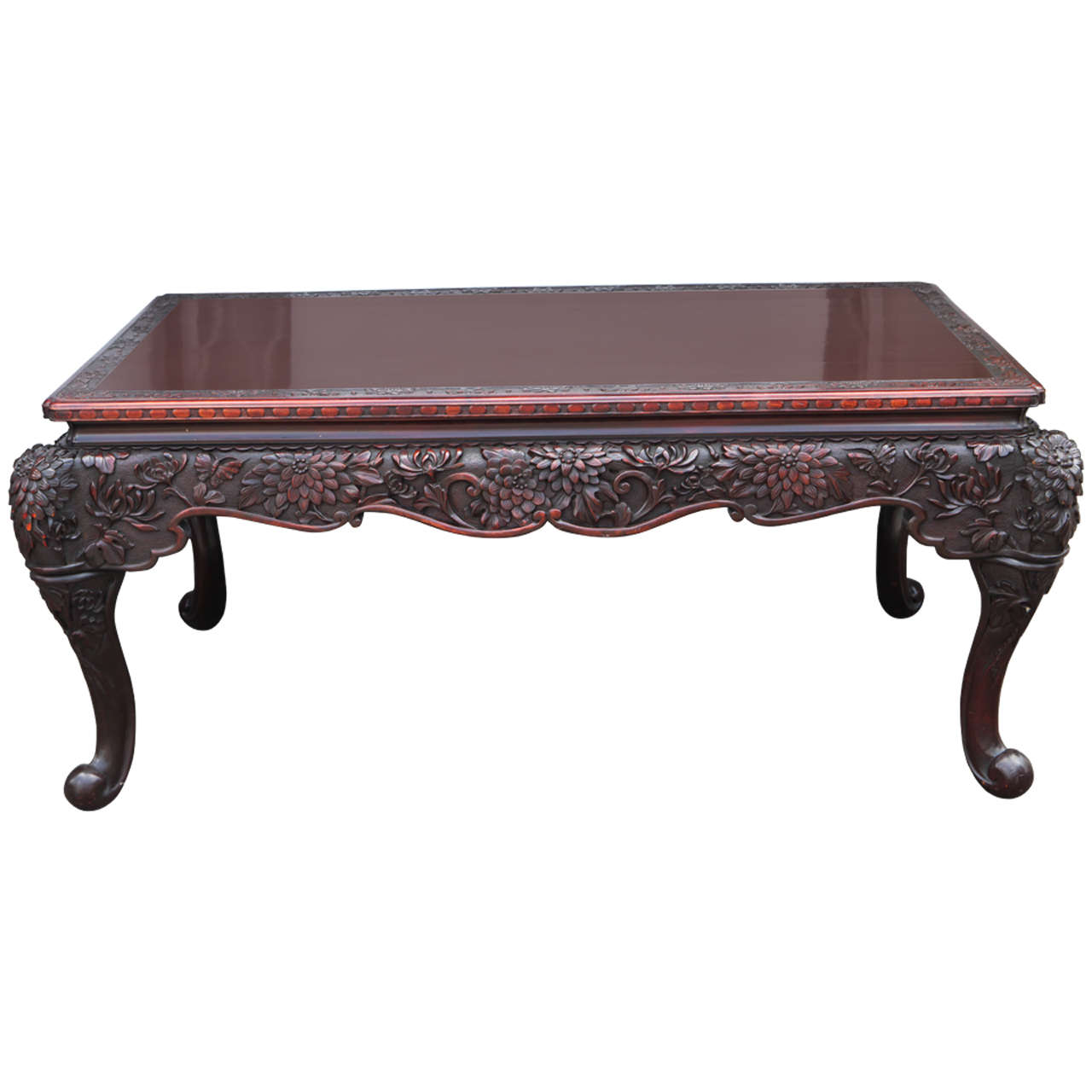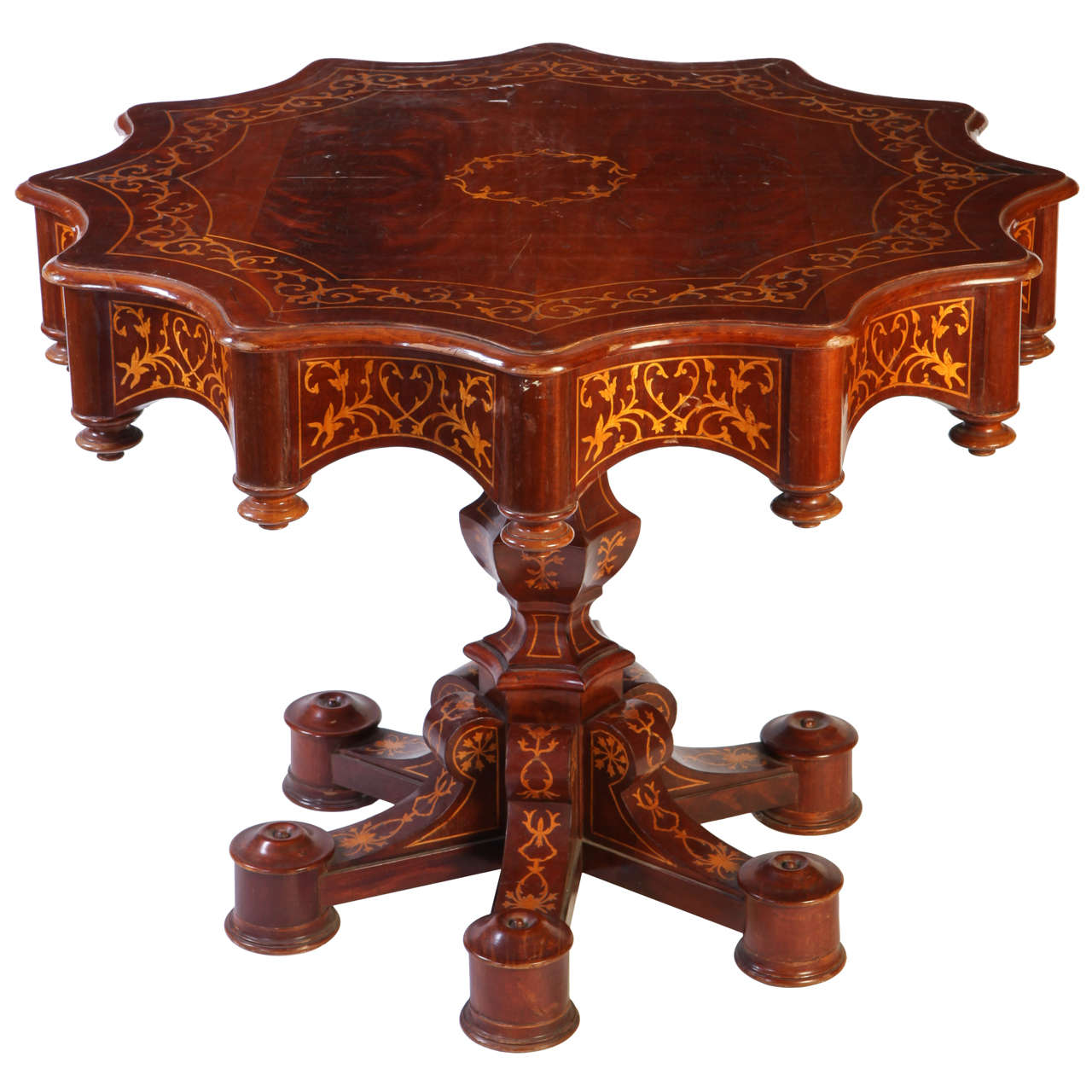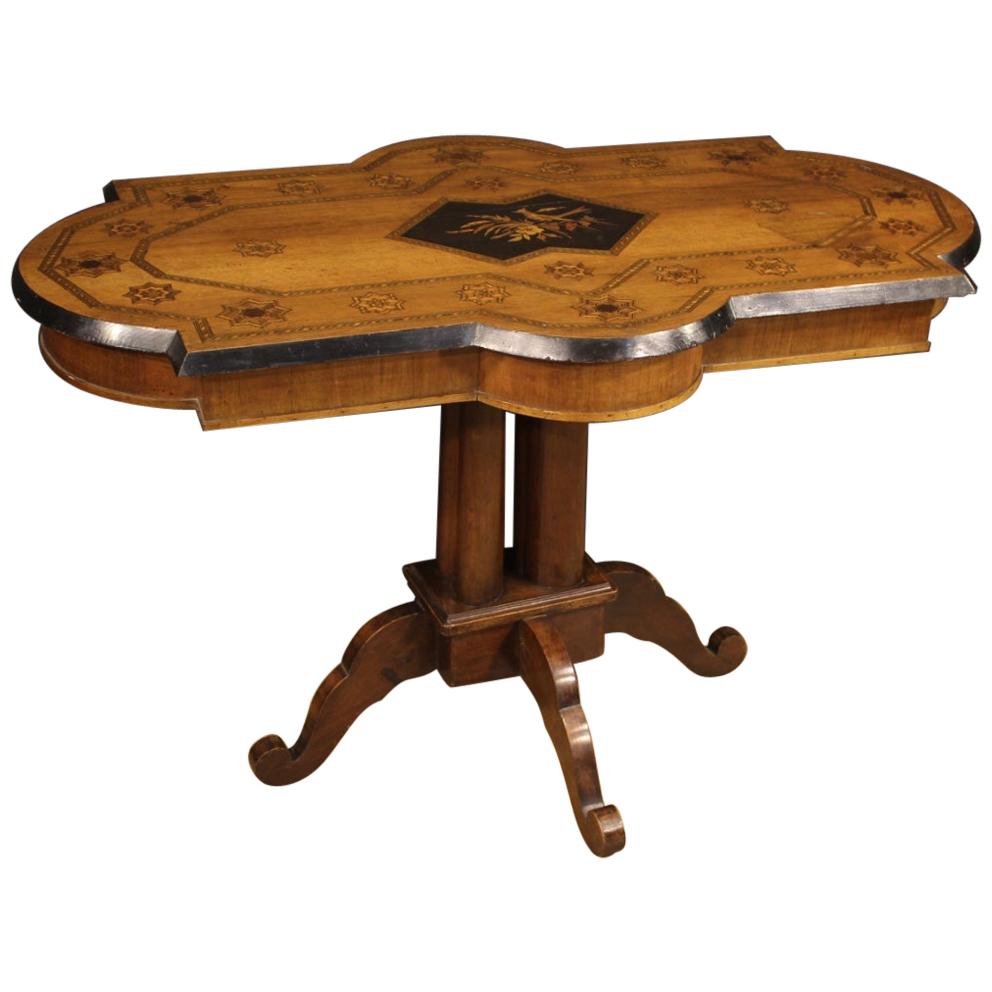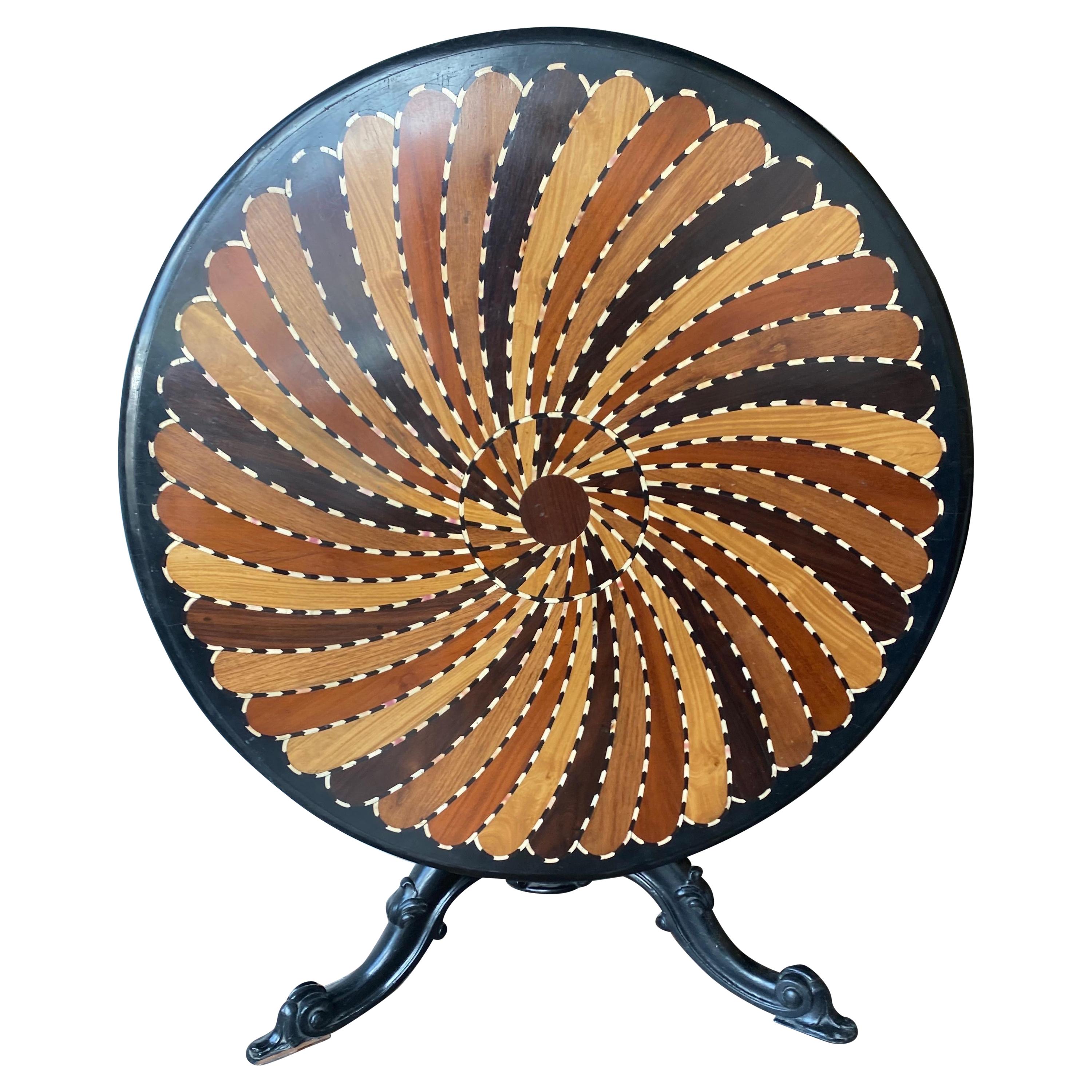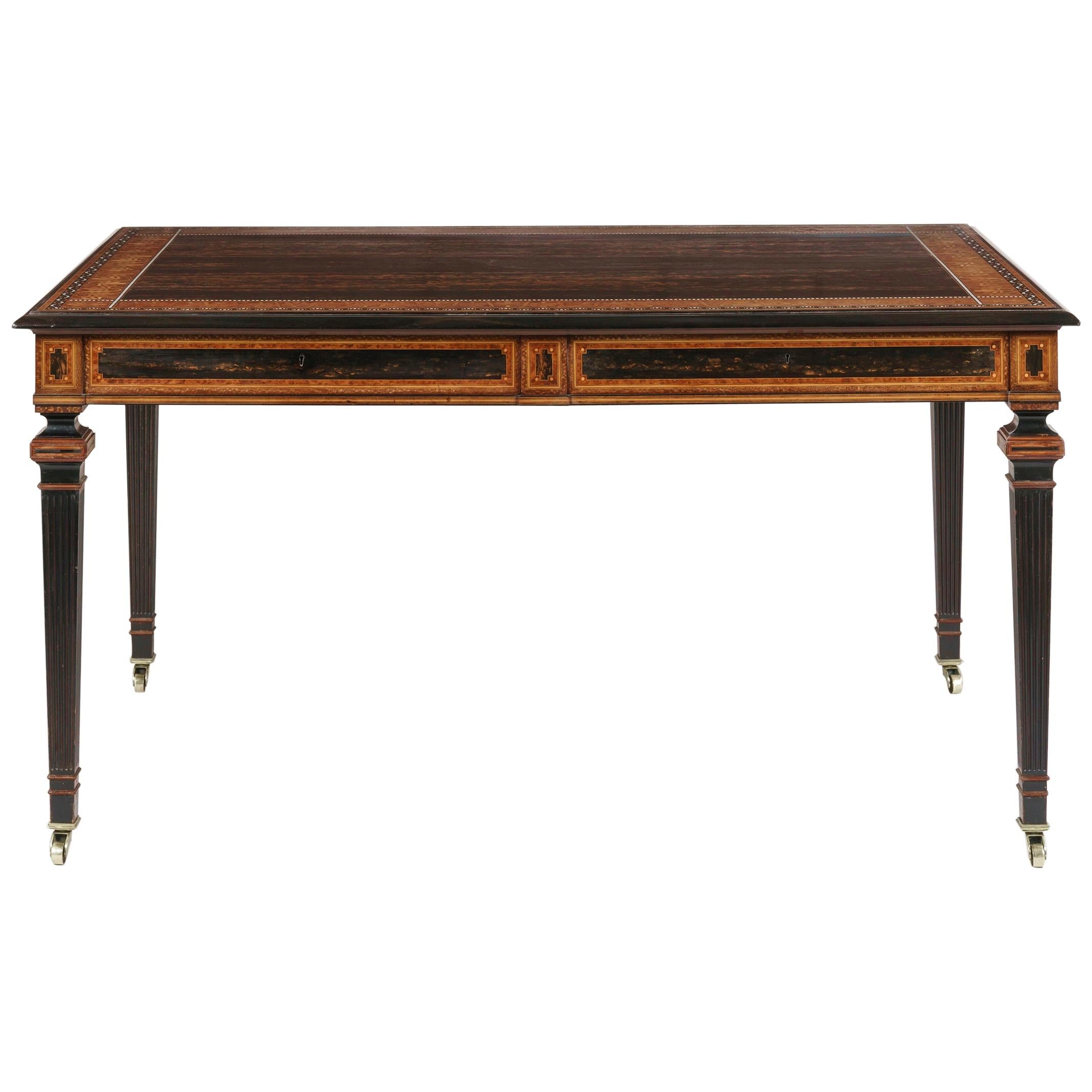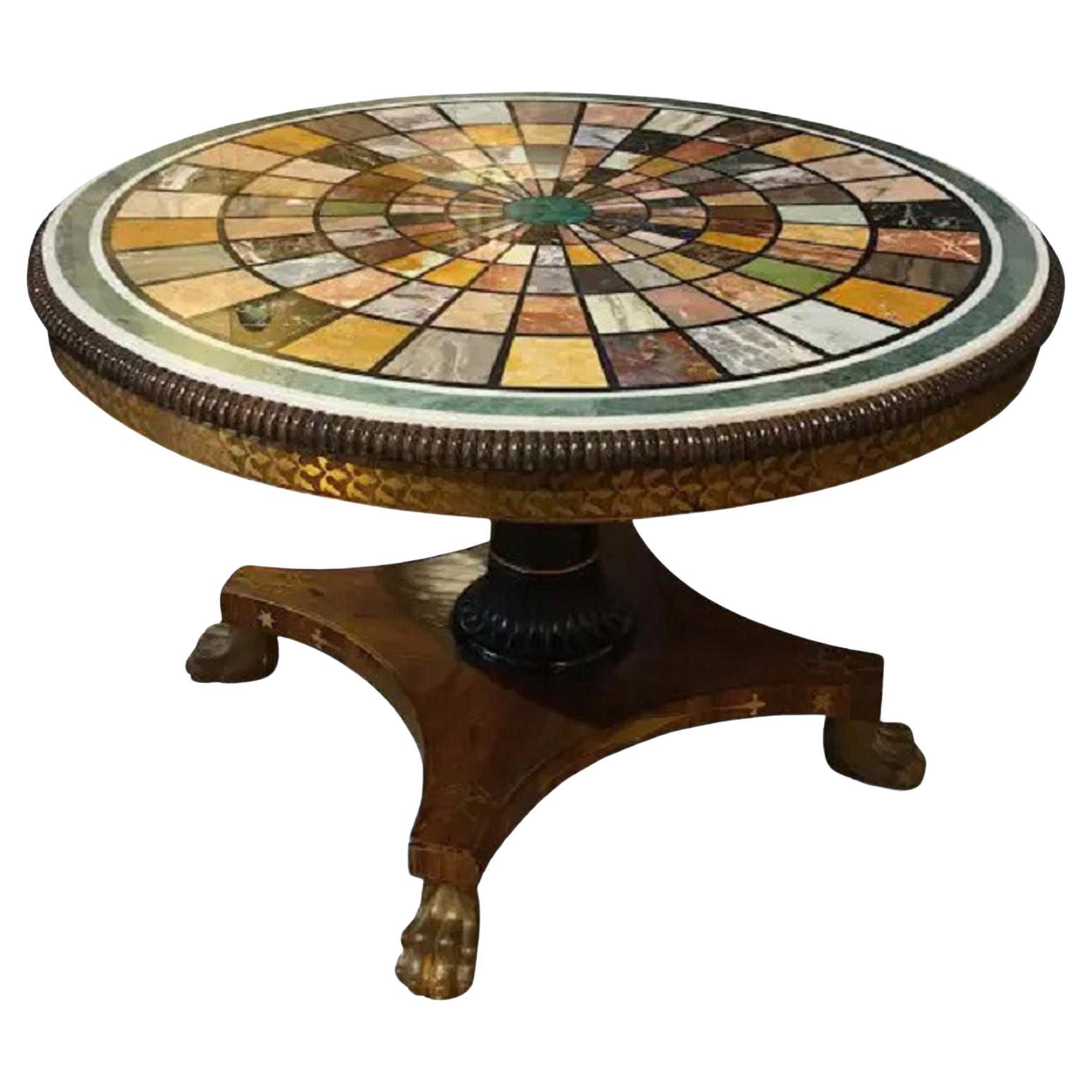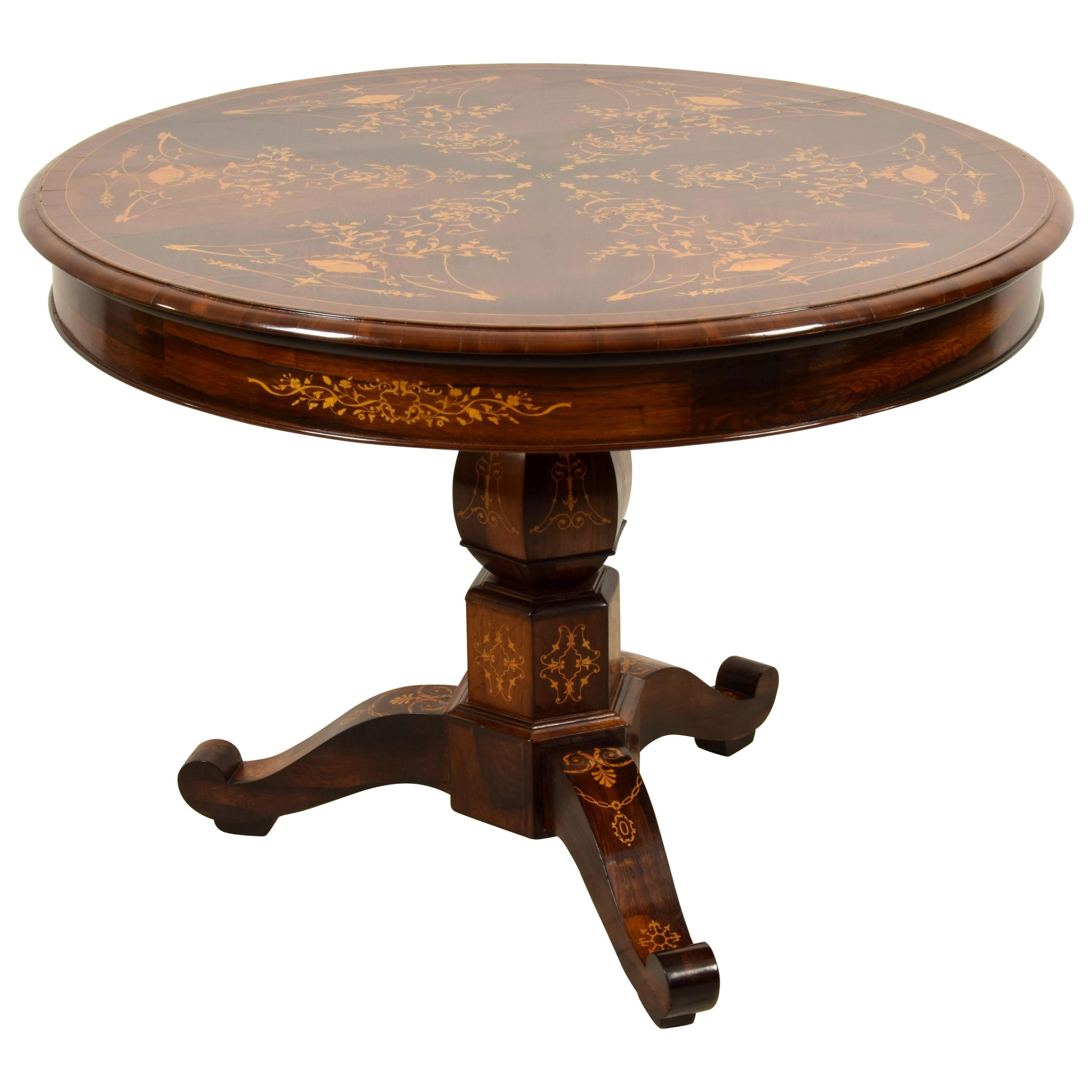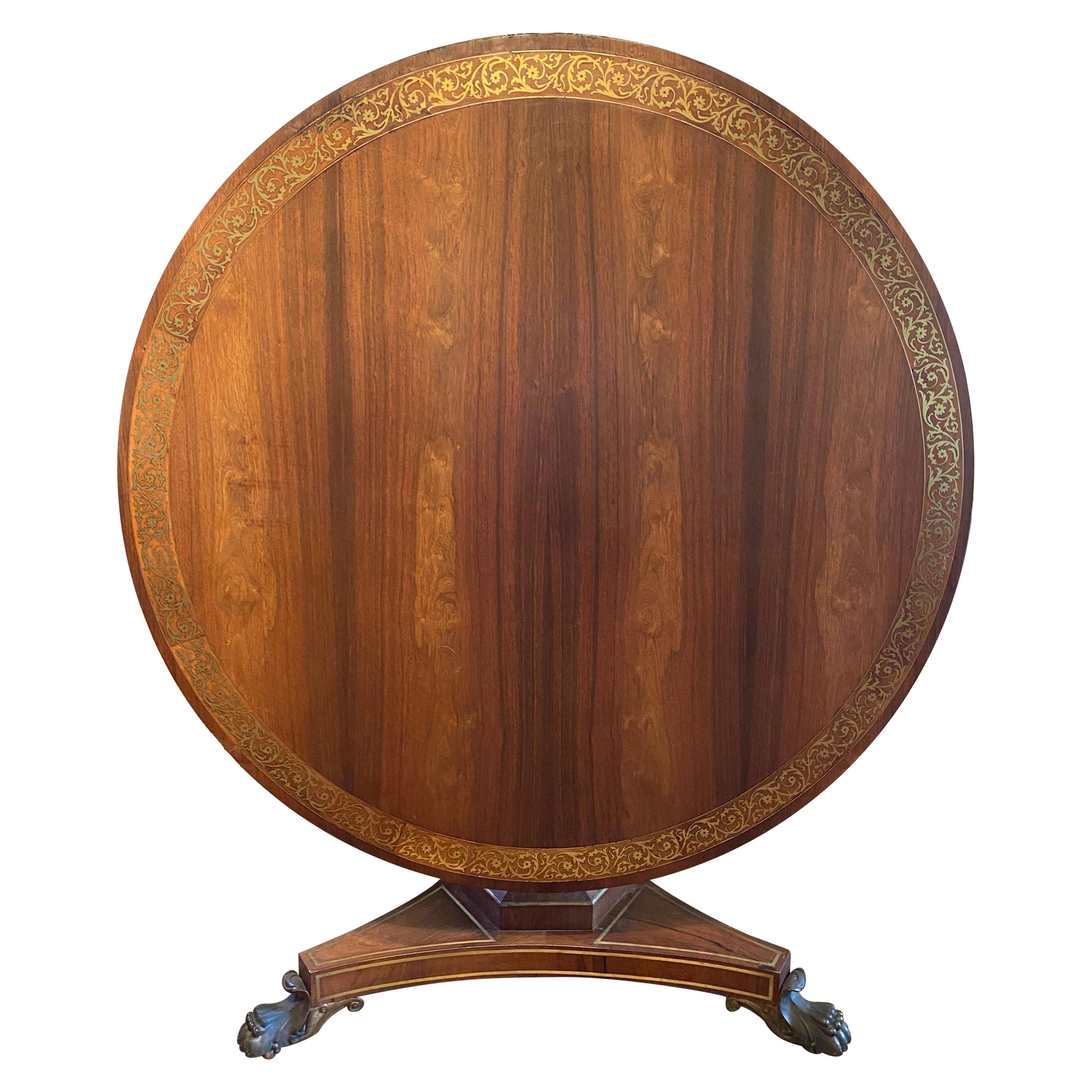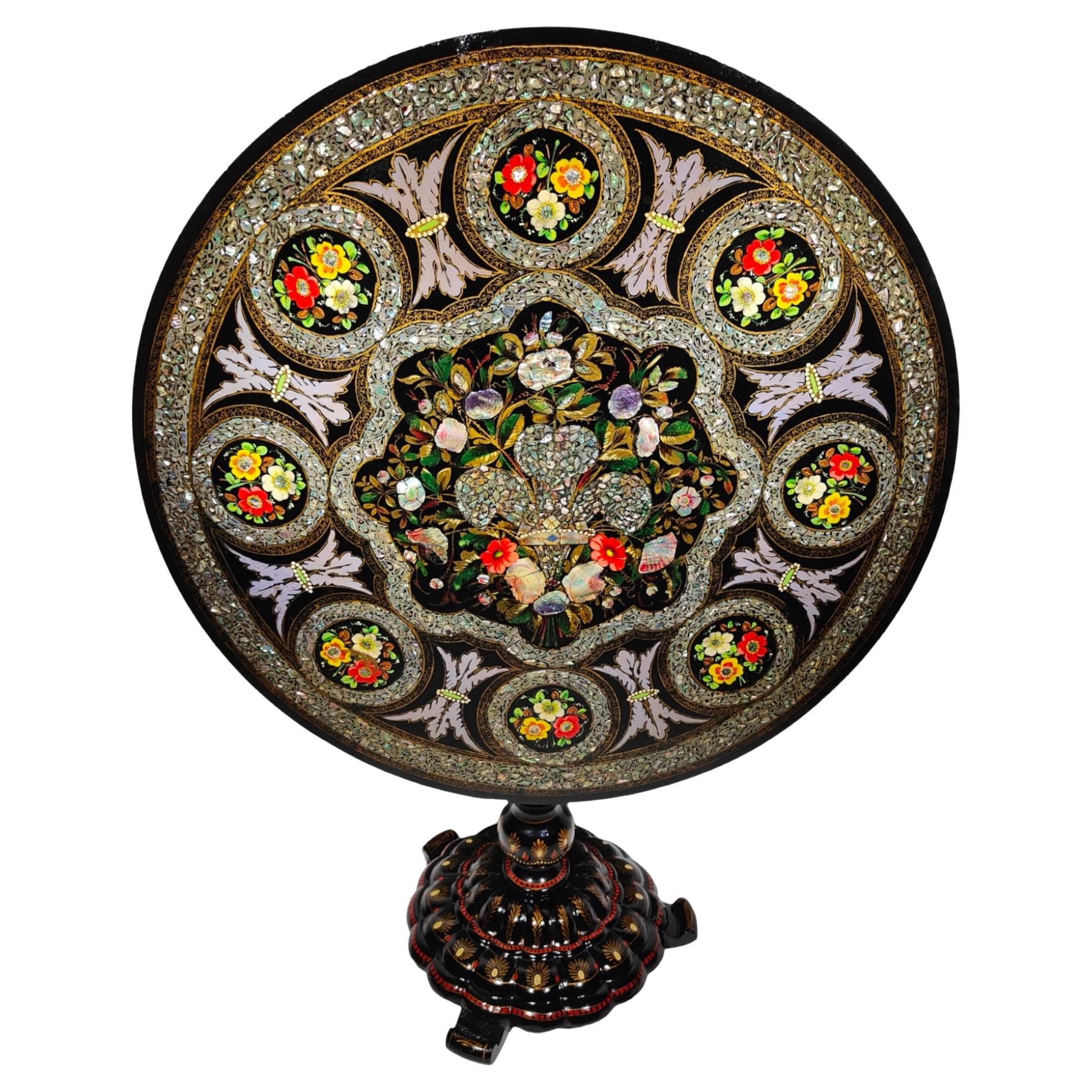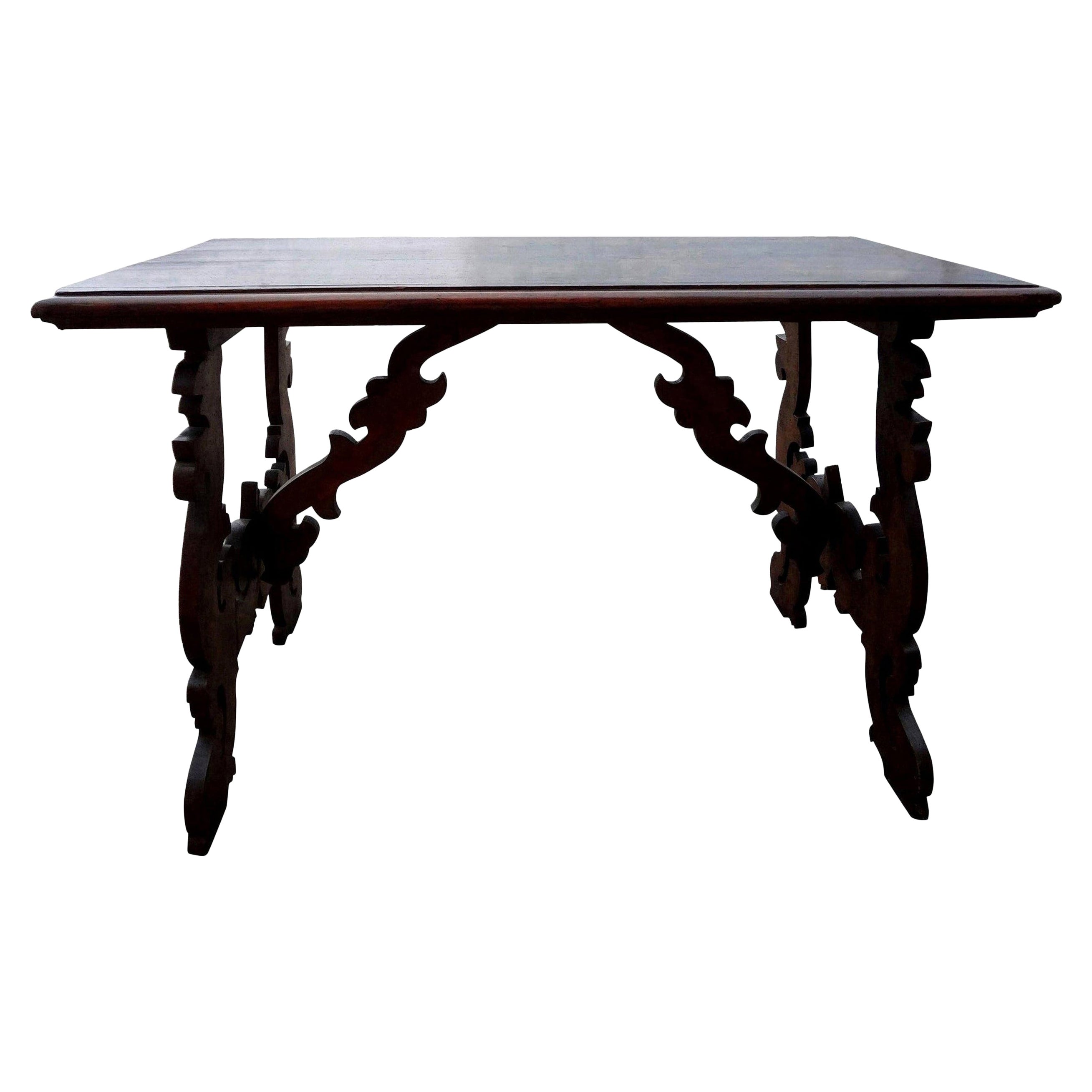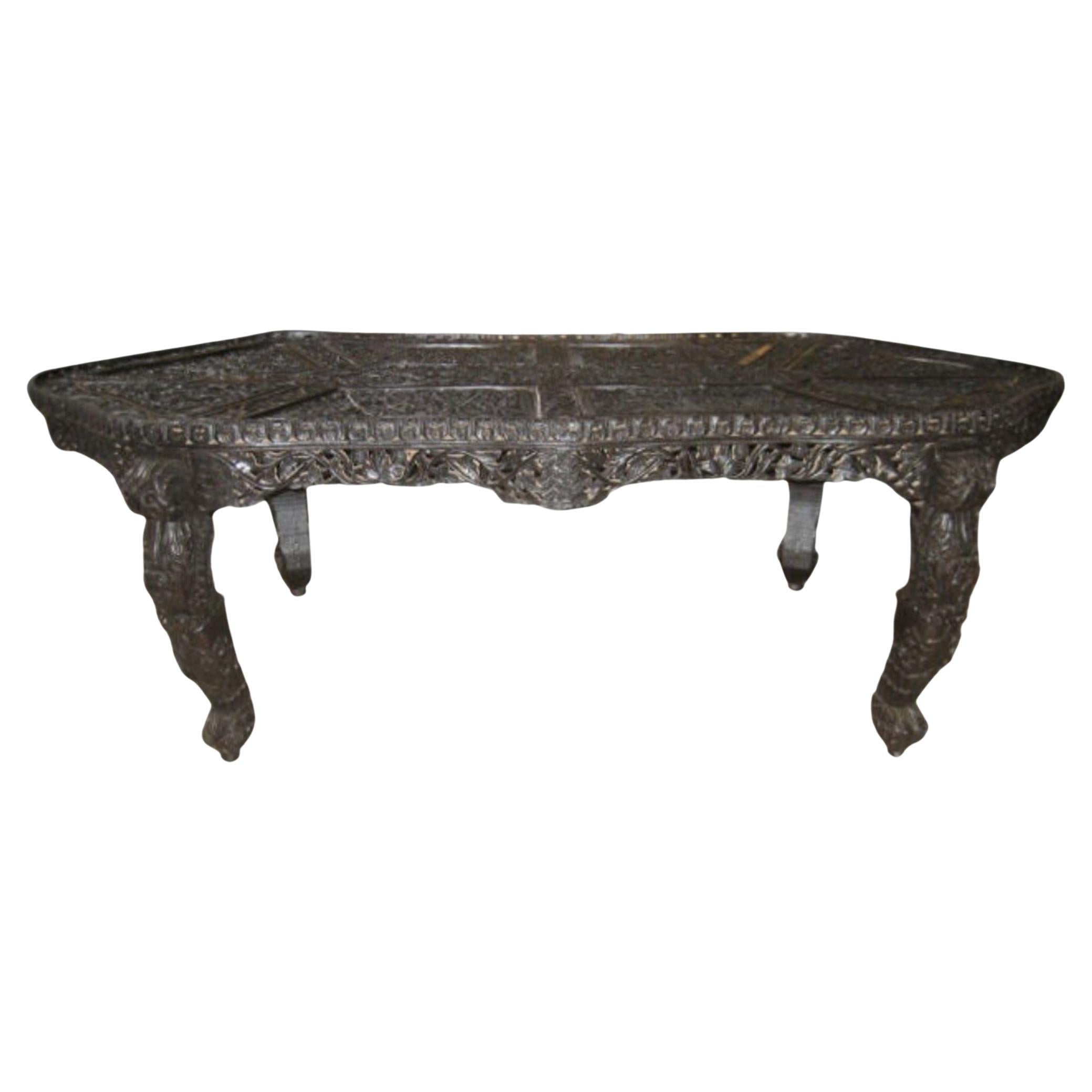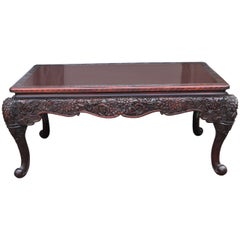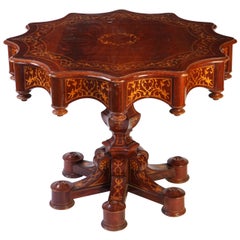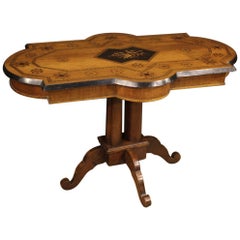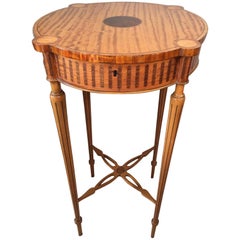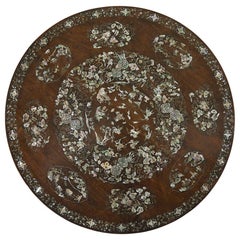
19th Century Chinese Mother of Pearl Inlaid Table
View Similar Items
1 of 7
19th Century Chinese Mother of Pearl Inlaid Table
About the Item
- Dimensions:Height: 28.75 in (73 cm)Diameter: 35.04 in (89 cm)
- Materials and Techniques:
- Place of Origin:
- Period:
- Date of Manufacture:19th Century
- Condition:Wear consistent with age and use.
- Seller Location:Husbands Bosworth, GB
- Reference Number:Seller: 13151stDibs: LU2586316177322
Authenticity Guarantee
In the unlikely event there’s an issue with an item’s authenticity, contact us within 1 year for a full refund. DetailsMoney-Back Guarantee
If your item is not as described, is damaged in transit, or does not arrive, contact us within 7 days for a full refund. Details24-Hour Cancellation
You have a 24-hour grace period in which to reconsider your purchase, with no questions asked.Vetted Professional Sellers
Our world-class sellers must adhere to strict standards for service and quality, maintaining the integrity of our listings.Price-Match Guarantee
If you find that a seller listed the same item for a lower price elsewhere, we’ll match it.Trusted Global Delivery
Our best-in-class carrier network provides specialized shipping options worldwide, including custom delivery.You May Also Like
19th Century Chinese Center Table
Located in Los Angeles, CA
Late 19th c . finely carved Rosewood Chinese Center Table
Category
Antique Late 19th Century Chinese Center Tables
Materials
Rosewood
Fine 19th Century Italian Inlaid Center Table, 1840
Located in Rome, IT
A fine 19th century Italian inlaid center table.
Category
Antique 19th Century Italian Charles X Center Tables
Materials
Wood
$7,398 Sale Price
20% Off
19th Century Inlaid Wood Antique Italian Table, 1880
Located in Vicoforte, Piedmont
Particular Italian table from the second half of the 19th century. Furniture carved and inlaid on solid wood in various precious woods including walnut, maple, beech, ebonized wood a...
Category
Antique Late 19th Century Italian Tables
Materials
Wood
Fine Quality Antique 19th Century Inlaid Satinwood Centre Table
Located in Suffolk, GB
Fine quality antique inlaid satinwood shaped top centre table having the most spectacular quality shaped inlaid satinwood lift up top which opens to reveal a charming interior compri...
Category
Antique 19th Century English Victorian Center Tables
Materials
Satinwood
$2,793 Sale Price
20% Off
Late 19th- Early 20th Century Ceylonese Bone Inlaid Specimen Table
Located in Richmond, VA
Late 19th- early 20th century Ceylonese ( British Colonial / Anglo Indian ) bone inlaid specimen table from British Ceylon (modern day Sri Lanka).
Category
Early 20th Century Sri Lankan Anglo-Indian Center Tables
Materials
Wood
19th Century Coromandel and Inlaid Table Attributed to Jackson & Graham
By Jackson & Graham
Located in London, GB
A magnificent library table
Attributed to Jackson & Graham
Of free standing rectangular form, constructed in coromandel, with inlays in thuya, ebony, boxwood, and honeysuckle; the fluted legs rising from square brass castor-shod feet; the frieze housing two lockable drawers fitted with rare ‘tamper proof’ Chubb locks and having quadrant moulded cedar lined interiors; the platform having a central panel of beautifully chosen matched coromandel veneers, with an outer guard border of a running pattern of stylised anthemions; the ebony edges having a thumb nail moulding,
circa 1865
The firm of Jackson & Graham established in 1836 by Thomas Jackson and Peter Graham at 37 Oxford Street London, and for the next fifty years produced predominately high quality furniture and represented Britain at many of the international exhibitions. Their clients included Queen Victoria, Napoleon III, the Grand Khedive of Cairo and the royal palace in Siam. They were particularly noted for their fine marquetry work, the use of Wedgwood plaques, rare woods, and fine casting of bronze mounts. They engaged the leading designers of the period, inter alia, Owen Jones, Bruce Talbert, Alfred Lorimer and Eugene Prignot. In the mid-1850s the workforce was recorded as 250, and by 1875, the company was employing 600 workers. They were feted exhibitors at many of the Great Exhibitions of the 19th century, and frequent prize winners. At the Paris International Exhibition of 1878, the furniture jury noted of them ‘ the workmanship is so perfect that even with the aid of a magnifying glass scarcely the slightest imperfection is to be found’. In 1885 the company was absorbed by Collinson and Lock, who continued their standard of excellence.
Charles Chubb was apprenticed as a blacksmith before starting business as a ships’ ironmonger in Winchester. Jeremiah soon joined the business, and by 1818 the brothers had branched out into lockmaking, founding the famous Chubb Company.
The business really got started when Jeremiah Chubb patented his new ‘detector lock’ in 1818. The lock was constructed so that if someone tried to pick it or open it with the wrong key it became inoperable. To make the lock work again the owner had to use a special key supplied with the lock. The aim of the detector lock was to prevent burglaries, and to warn the owner that someone had tried to break into their property.
The lock soon became popular, and sales of the Chubbs’ products increased even more when they won a government competition to design a lock that could only be opened using its own key. After the invention of the detector lock, the Chubbs decided to move to Wolverhampton, which already had an established lock making industry. By 1838 they were making 28,000 locks a year at their Wolverhampton factory. Another product was added to the Chubb range in 1835 when a patent was taken out for a burglar resistant safe, and in 1837 the Chubb safe...
Category
Antique 19th Century English Tables
Materials
Brass
